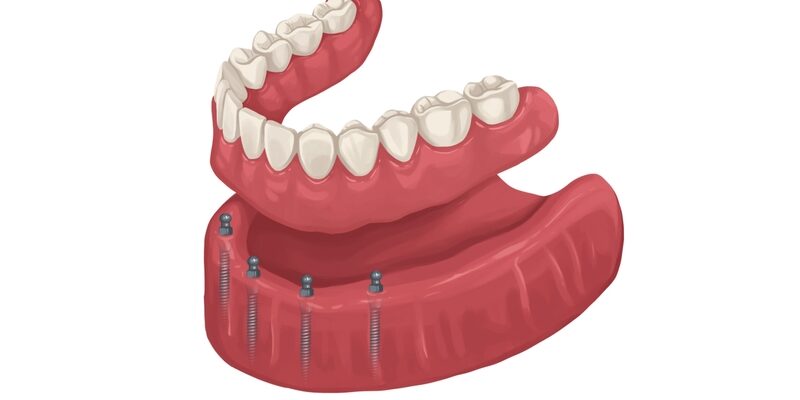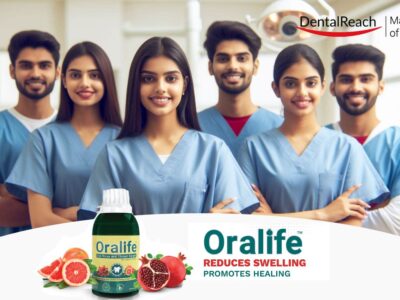A comprehensive research study conducted by two authors independently has shed light on the survival rates of full coverage fixed prosthetic restorations, including single crowns (SCs) and fixed dental prostheses (FDPs). The study aimed to investigate how factors like tooth vitality, type of post, and prosthetic restoration material affect the longevity of these restorations.
The research, published in a peer-reviewed journal, analyzed a total of 26 clinical human studies that met strict inclusion criteria. The studies were selected from a thorough search of electronic databases such as PubMed, Web of Science, and Scopus, along with manual searches in October 2022. To be included in the analysis, the studies had to have a minimum observation period of 24 months and assess full coverage of single crowns and fixed dental prostheses supported by vital and/or non-vital abutments, or a combination of both.
One of the key findings of the study was the correlation between tooth vitality and the survival rate of single crowns. The highest estimated 5-year survival rate was observed for metal-ceramic and all-ceramic SCs on vital teeth, with an impressive 98.3% survival rate (95% CI [98.1, 98.6]). Similarly, all-ceramic SCs on non-vital teeth with fiber post exhibited a significant 5-year survival rate of 95.0% (95% CI [94.5-95.4]).
In comparing different types of posts used in conjunction with metal-ceramic SCs on vital teeth, a statistically significant higher estimated 5-year survival rate of 97.1% (95% CI [95.6-98.7]) was observed for metal-ceramic SCs with cast metal post. This was notably higher than the survival rates for metal-ceramic SCs with fiber post (91.3%; 95% CI [90.9-91.6%]), and without post (85.7%; 95% CI [80.7, 90.6%]). All-ceramic SCs with fiber post also outperformed metal-ceramic SCs on non-vital teeth with fiber post, showing a statistically significant 5-year survival rate of 95.0% (95% CI [94.5-95.4]) compared to 91.3% (95% CI [90.9-91.6%]).
Additionally, the research looked at the survival rates of fixed dental prostheses (FDPs) on both vital and non-vital abutments. The 5-year survival rate for FDPs on vital abutments was significantly higher at 84.9% (95% CI [75.9, 93.9]) compared to FDPs retained by non-vital abutments (81.3%; 95% CI [80.3, 82.2]), regardless of the presence of posts or the material used for the FDPs.
Despite these valuable findings, the researchers acknowledged certain limitations. The study was hindered by the limited number of available studies and the presence of uncontrolled confounding clinical variables. Nonetheless, the results suggest that tooth vitality plays a crucial role in enhancing the longevity of both single crowns and fixed dental prostheses.
This research brings valuable insights to the field of dentistry and will undoubtedly assist dental professionals in making informed decisions when recommending and planning full coverage fixed prosthetic restorations. As the findings gain wider recognition, it is hoped that they will contribute to improved patient outcomes and enhanced dental care practices.




















Comments